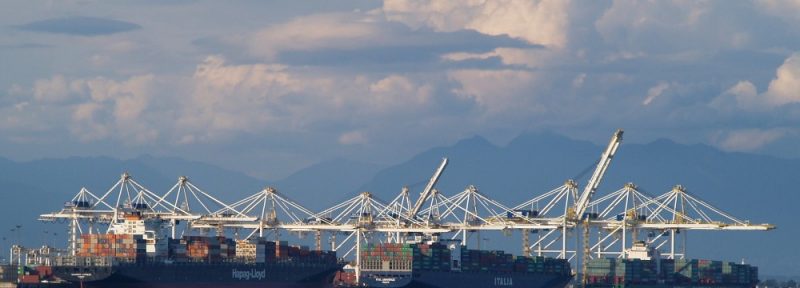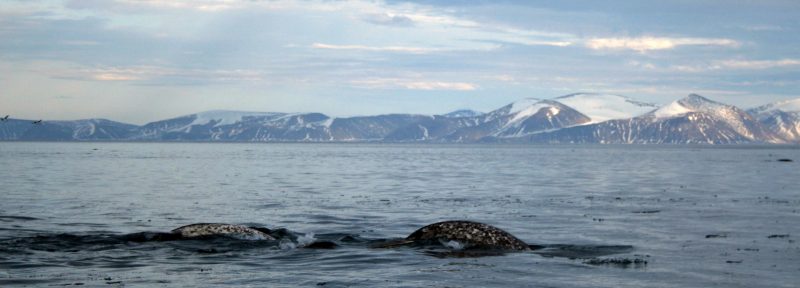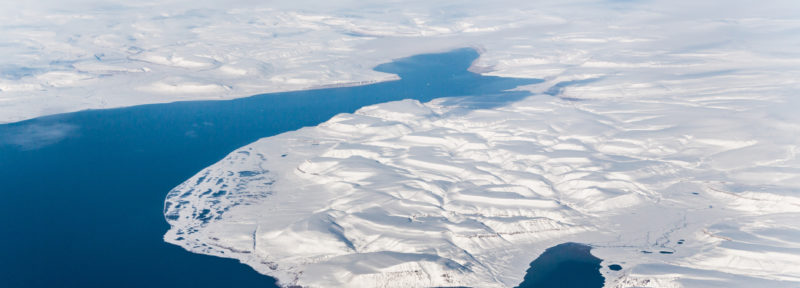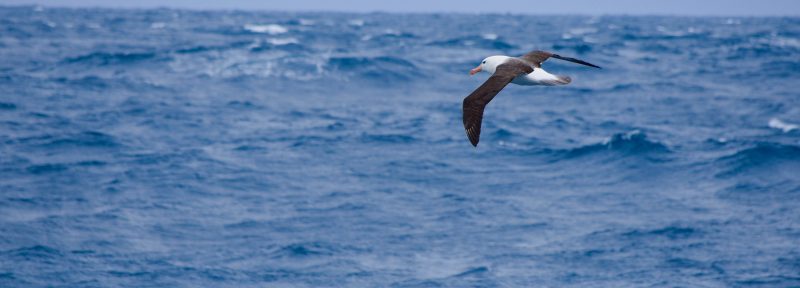Oceans North’s Place in a Warming World
ᓴᕐᕙᖅ ᐅᑭᐅᖅᑕᖅᑑᑉ ᑕᕆᐅᕐᔪᐊᖓᓂ.
ᐃᓕᓴᕆᔭᐅᔪᖅ: NOAA/ᐹᑐᕆᒃ ᑲᓕ, USGS.
Between Greenland and Nunavut, the North Water Polynya, known as Pikialasorsuaq, is a large oasis of open water that remains ice-free in winter, providing a rich feeding ground for narwhal, polar bears, walrus and other marine life. But in recent years, warming temperatures have caused the ice arch that creates the northern edge of the polynya to form later each winter and melt earlier each spring. Climate change is now threatening the future of this productive marine ecosystem, which Inuit in Nunavut and Greenland have relied on for millennia.
The story is similar across the Arctic and around the world. The oceans and frozen areas of our planet—which have long helped to regulate temperature and mitigate climate change—are reaching their limit. The past decade will go down as the hottest on record. The recent United Nations Annual Emissions Gap Report warns the world is now on track to warm more than 3°C, rather than the 1.5°C limit set in the Paris Agreement. Ocean acidification is increasing, sea levels are rising, and Arctic sea ice cover is at record lows.
Urgent and ambitious action is needed to reduce greenhouse gas (GHG) emissions and avoid enormous consequences for human health and the health of our world. That is why Oceans North is committed both to environmental protection and proactive efforts to address climate change.
Supporting healthy marine environments and promoting ecological and cultural resilience is a critical part of this effort. Functioning ocean ecosystems help to regulate climate change by storing carbon in the form of coastal vegetation and marine life such as fish and whales. Several high-level international reports released in 2019 also highlight the important role that marine protection and local Indigenous stewardship can play in addressing climate change. Large interconnected marine protected areas with guardian programs can build local resilience by providing food security and employment for northern and remote communities already impacted by climate change, while also accommodating the poleward movement of species displaced by warmer water in the south.
In addition to supporting marine conservation in partnership with Indigenous and coastal communities, Oceans North is taking direct action to mitigate GHG emissions, both in how we operate as an organization and in how we campaign. Over the next year, we will strive to become carbon neutral, exploring opportunities to offset our emissions profile through direct investment in projects that aim to lower emissions in the communities in which we work.
We will also advocate for cleaner shipping. Global shipping produces roughly three percent of the planet’s total greenhouse gas emissions, and that number is expected to double or triple by 2050. Shipping emissions are not included in the Paris Agreement, and if they are not reduced, we won’t succeed in holding the Earth’s temperature to 1.5 degrees warmer than pre-industrial levels. We believe there is a tremendous opportunity for Canada to become a global leader in tackling this issue by developing clean fuels and new technologies to spur the massive transformation that is needed to decarbonize the international shipping industry.
Most recently, we have supported a ban on the use and carriage of heavy fuel oil in the Arctic. Shipping is a crucial lifeline for Arctic communities. However, heavy fuel oil contributes more to climate change than other fuels through the emission of black carbon. It also poses the threat of fuel spills that would be difficult, if not impossible, to clean up. Government and industry must work together to develop new standards while limiting cost-of-living increases for local communities.
Finally, we will become more vocal in our support of the Pan-Canadian Framework on Clean Growth and Climate Change. More than ever we need a national climate strategy that effectively reduces industrial emissions while providing support to the northern and coastal communities on the front lines of climate change. Later this month, Oceans North will intervene in the Supreme Court of Canada hearing on the matter of the Greenhouse Gas Pollution Pricing Act to ensure that the impact of GHG emissions and climate change in the Arctic marine environment is considered by the Court.
Making the changes necessary to deal with climate change, conserve the environment and transition to a sustainable economy will present up-front costs, but they are small compared to the continuing costs of inaction. Ten years ago, Oceans North helped produce a report summary, “Arctic Treasure: Global Assets Melting Away,” which estimated that the loss of Arctic snow, ice and permafrost cost the world between $61 and $371 billion in lost climate cooling services for the year 2010 alone. Since then, warming has continued to increase—along with the projected costs. And these numbers do not include the social costs to the people who live in the Arctic, or the incalculable losses that could occur with the disappearance of species and ecosystems like Pikialasorsuaq.
In order to achieve a sustainable, low-carbon future, 2020 must begin a decade of unprecedented climate action. We know from experience that ocean-based solutions can and must play a bigger role in shrinking the global climate footprint. Healthy, vibrant oceans are critical for both the communities that depend on them and for the future of our planet.





